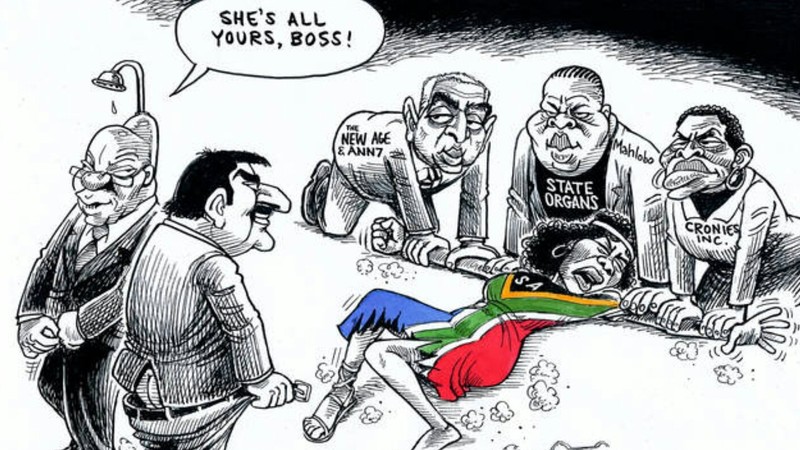Memeology could be defined as the study of memes—a cultural phenomenon that has used the momentum of the Internet to change the world. Transcending barriers, borders and generations, memes allow people to express opinions, frustrations, or observations and have become essential tools for those born into social media, spawning a whole new form of communication.
Memes can be defined as cultural elements that spread quickly, often serving various purposes, from humour to satirising politics and society. Memes convey ideas through text, images, and videos, often featuring hyperbole, anonymity, and remixability. There are strong links between Black culture and memes as the tradition of remixing is a central component in communities of African descent. Similar to slang, memes are easily adopted and adaptable, and unlike mainstream media, they have little concern for accuracy or accountability.
The term “meme” was coined by British evolutionary biologist Richard Dawkins in the 1970s, but it has taken on a whole new meaning in the digital age. Limor Shiffman, a communication scholar, articulated memes in the digital sphere as shared points of reference, that unite like-minded or marginalised communities. Shiffman notes that memes incentivise hyperbolic speech for accessibility and memorability on social media.

The roots of memes trace back to political satire and cartoons such as James Gilray‘s depictions of King George III and Napoleon Bonaparte in the 18th century. Since then, political cartoons have continued to shape public opinion and discourse. Even in South Africa, political satirists like Zapiro shaped the postapartheid cultural landscape with controversial images such as Rape of Lady Justice (2008). By the 1990s, memes had already been fully integrated into mainstream culture, which was intensified by the rise of social media around the 2010s.

But what began as satire, quickly evolved into a language in its own right with images coming to encapsulate entire concepts. Created by Carlos Ramirez, aka Whynne, on DeviantART, the Trollface (2008) was an early example of this. It became an iconic representation of Internet trolls—individuals intentionally causing frustration or anger online, particularly on 4chan. The Trollface’s legacy has evolved, continuing to shape current comedic sensibilities and serving as the foundation for new memes like Trolololol.
Today, memes are no longer mere images, jokes or commentary, but powerful tools for mass manipulation. GIFs and videos have replaced still images and memification has become an industry instrument that can catapult budding stars into mainstream pop culture. The rise of 23-year-old rapper Isis Gaston, known as Ice Spice, is largely credited to memification. Beyond factors like pretty privilege and endorsements from Drake and Nicki Minaj, memes of her song Munch (2022), introduced a new term for “simp,” and sparked stan hype.
A downside of meme culture is the rise of groupthink, which limits originality and marginalises diverse perspectives, particularly on platforms like TikTok. As meme culture mirrors the internet-savvy generation’s collective consciousness, rejecting or not recognising memes may result in alienation. While mastering memes can help shape online identity and community, their constant evolution leaves little room for stillness, reflection and creativity.
Beyond that, memes can shape political and social justice matters. With a considerable portion of Americans relying on social media for news, a clear decline in overall literacy is palpable. The Russian strategy of “disinformatia” in 2015 and 2016 showed how memes and troll farms spread political manipulation and disinformation, which was in turn used to control US politics. The Trump administration also capitalised on the influence of meme culture, amplifying the political divide. Even civilian figures like Andrew Tate have used meme culture to manipulate their impressionable audiences and change the political landscape.


Fueled by social media platforms, image-sharing websites, and forums, memes have come to extend beyond simple jokes. In an age of globalisation and divisiveness, they use nuanced visual cues to contribute to the evolution of language. As non-Western communities join the global discourse and literacy rates drop, memes have become a cultural shorthand for emotions and ideas, and are much more than fleeting Internet trends.
While some advocate for responsible meme-sharing, the truth is that the digital age has made memes ungovernable, and that’s a good thing. The best we can do is study their evolution. In fact, it is only future historians who will be in the best position to study and interpret memes, sifting through the vast quantity and distinguishing between pure fun, satire and misinformation. Whether we like it or not, TikTok memes with their obscure contexts and problematic potential, will become vital sources for historical narratives the same way books are to today’s historians.



















































